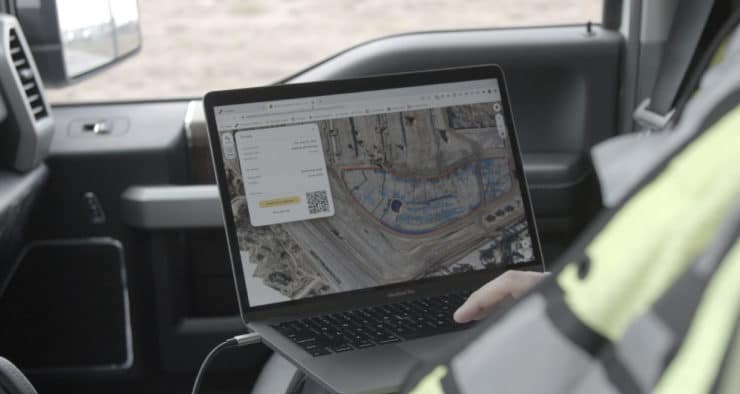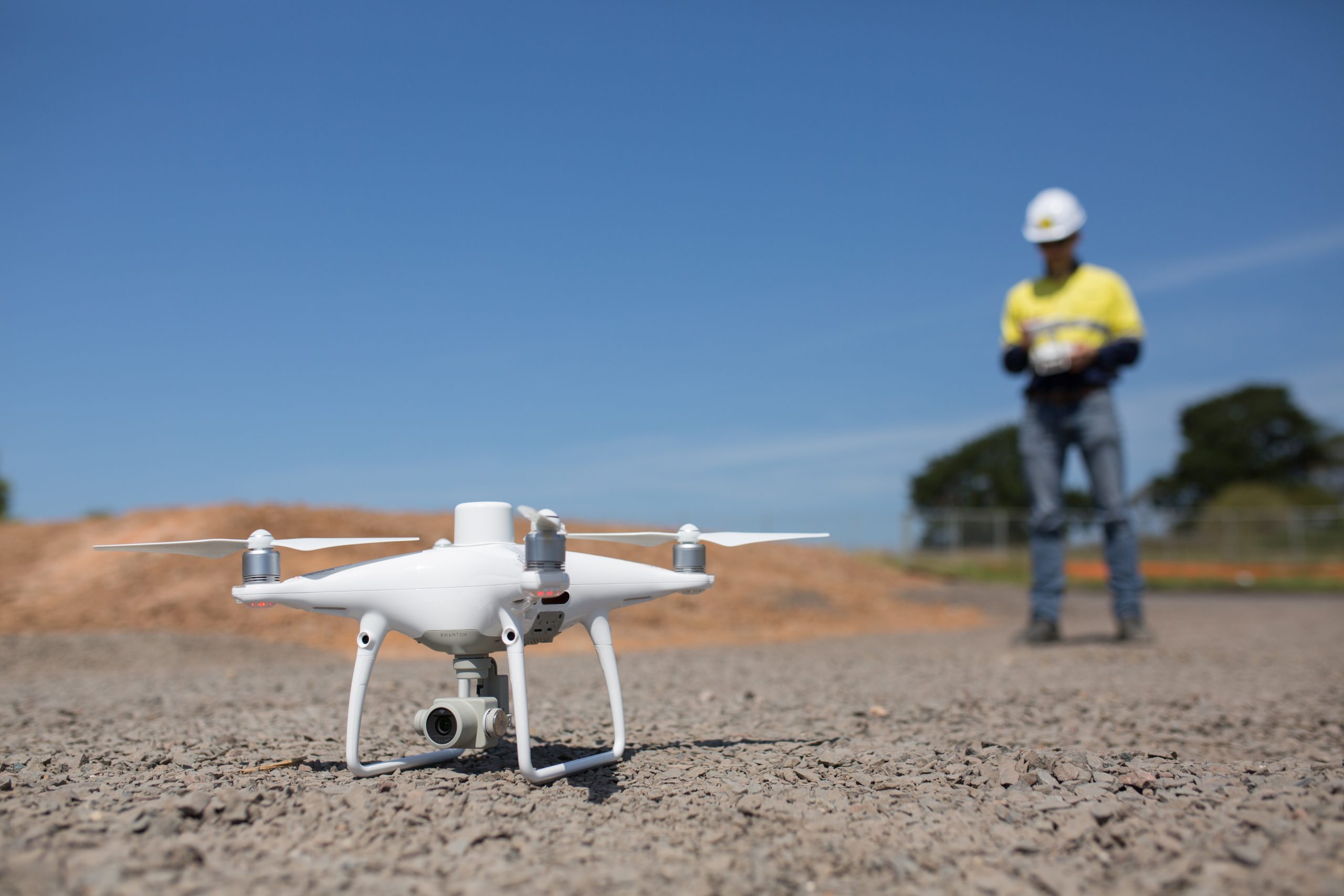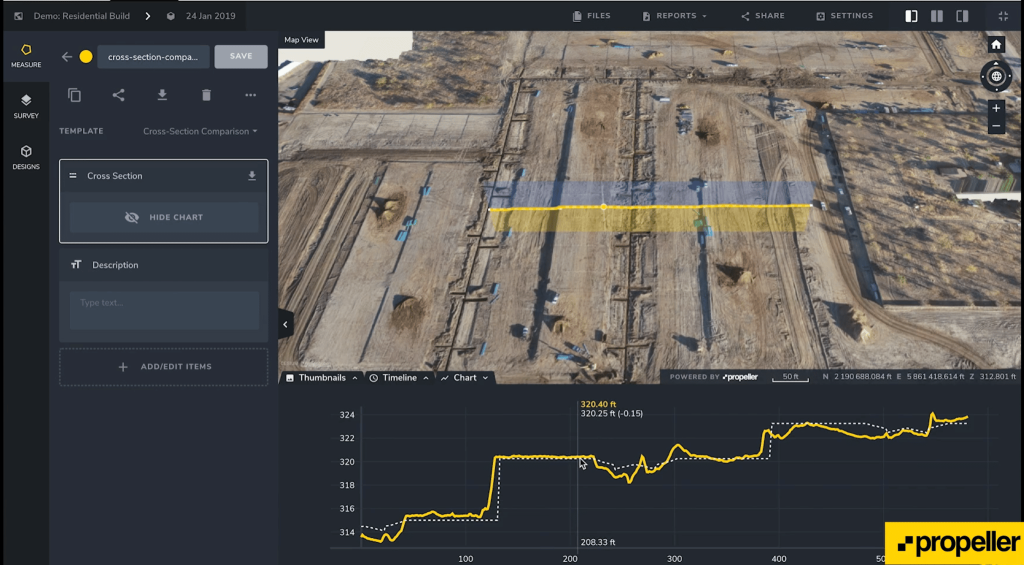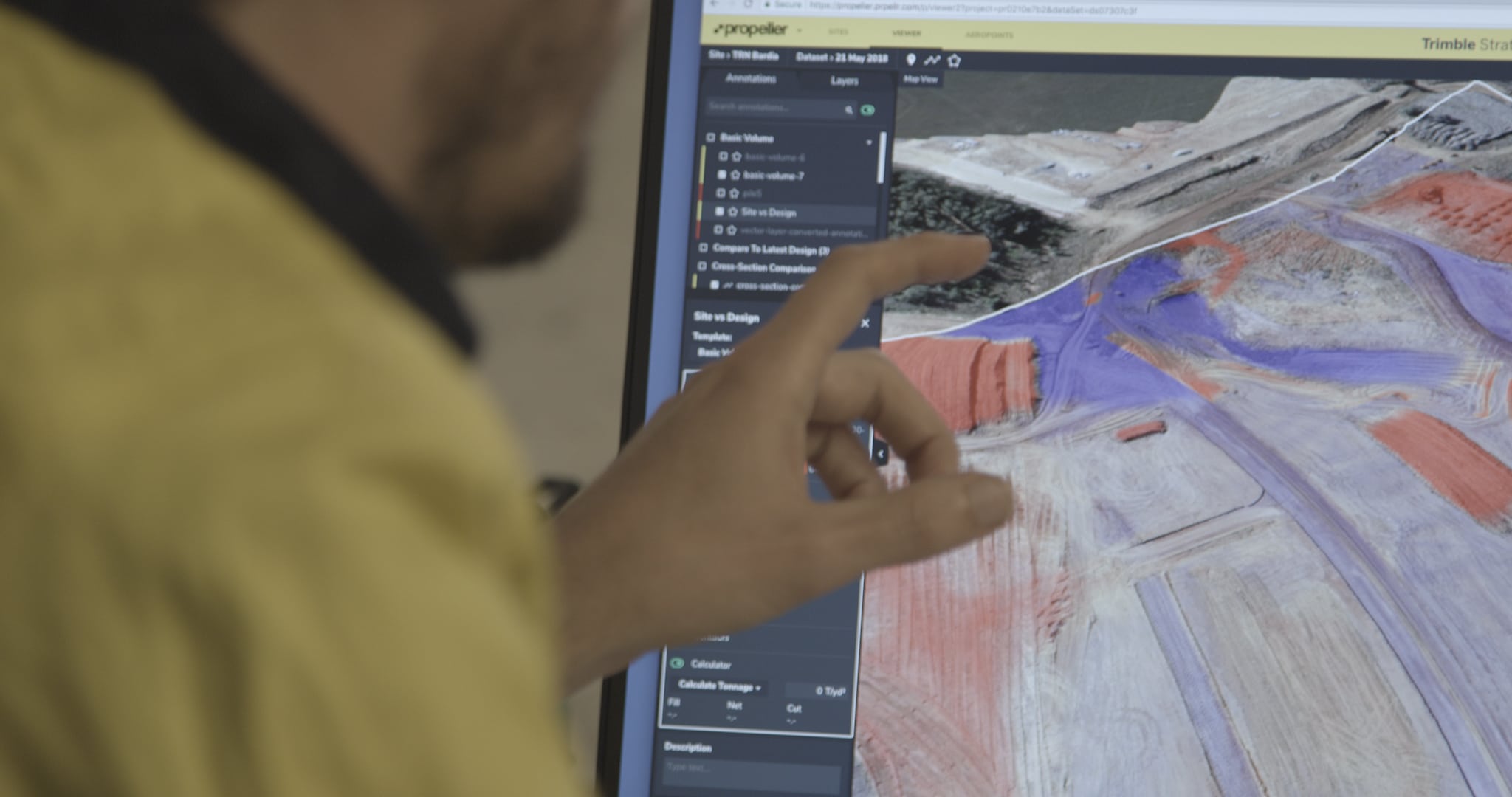As a global company, Propeller succeeds because we thrive at working remotely. Whether it’s troubleshooting hardware issues in real time, training workers on how best to use our platform, or advocating for customers’ needs from the other side of the planet, we’re committed to providing the best service possible from a distance.
This is one in a series of posts highlighting our remote support capabilities and the individuals powering that support system.
In this post, we spoke to Carl Breer, one of Propeller’s customer success engineers, about how he and his team provide remote support to our customers.
1. How we prepare you for liftoff?
Like with any new technology, learning how to harness the full power of Propeller’s products is a process. Whether you’re familiar with drone mapping or have never even seen a drone before, you won’t be left in the wilderness to figure things out for yourself.
To ensure success, every customer with an active software license is assigned a Propeller customer success engineer (CSE). Think of your CSE as your sherpa through the sometimes tricky terrain of drone surveying. They’ll handle your initial training, help resolve any issues you may have along the way, and generally serve as your go-to contact for anything at Propeller.
“The Customer Success team is all about making it easier for people to use our technology,” explains Carl Breer, one of our veteran CSEs.

The first step in your journey to drone data success is a series of CSE-led onboarding calls. You’ll learn how to survey your site using your hardware—including our AeroPoints and the Phantom 4 RTK Drone—how to collect and upload your data for processing, and how to get the most insights out of the Propeller Platform.
This is also an opportunity for your CSE to get to know you—to learn what obstacles you’ve been encountering on site, and how we can help you overcome them.
“It’s important that we fully explain why we’re asking customers to do specific things and how that contributes to the accuracy of their model and their success with our products,” says Carl. “We want to make sure that the customer really understands our entire workflow, and that we understand theirs.”
2. Uniquely tailored customer experiences
Once your initial training is complete, your CSE transitions into more of a consultant role. And it’s entirely up to you how often you consult them.
It’s the CSE’s job to make sure you have the right guidance and support any time you use a Propeller product. Any questions you have about executing a survey, uploading and processing your data, or analyzing your worksite in the platform, your dedicated CSE can handle.

Propeller understands that with customers of varying experience levels, we must adapt the customer journey to fit everyone’s specific needs and abilities.
“There are some customers who have flown drones before and understand how to make everything come together in the platform, and then there are customers who are less familiar, or fly less frequently, and require more hand-holding,” says Carl.
“I learned from another CSE early on that sometimes it’s helpful just to ask, ‘How were you doing this before?’ It’s a new technology to many people. Sometimes I have to take a step back and realize that because we’re giving customers so much information, it might be necessary to take that extra time and care to ensure they’re getting it exactly right.”
In addition to providing thorough training, CSEs advocate internally for what their customers need to be successful, whether that’s requests for new features they believe customers would benefit from, or resources like ebooks or additions to our Help Center.
3. Troubleshooting, and helping you help yourself
While we’re constantly working to make the Propeller Platform and our PPK workflow as intuitive as possible, some bumps in the road are to be expected when you’re getting started.
It’s your CSE’s job to help you resolve any software or processing problems quickly, and to explain how to avoid those same issues moving forward.
(Unless, of course, it’s something that originated on our side; then it’s the CSE’s job to track the bug to its source and make sure it’s squashed as soon as possible.)

Among the most common customer-side issues Carl troubleshoots:
- Drone flights and AeroPoint captures not lasting long enough
- AeroPoints being moved during a drone flight
- Design files not lining up in the platform
- Problems with integrating the right coordinate systems and vertical datum
- AeroPoints not being collected in the reverse order they were distributed
As we mentioned earlier, your CSE will also make certain you have the tools you need to educate yourself further on Propeller’s products, so mistakes can be avoided in the future.
“If a customer has an uncommon question, or needs help with something that we don’t have a help article for, then it’s my job to make sure that resource is created,” says Carl.
“It’s important we make sure customers understand what they’re doing, what we need from them, and how those asks help us generate the most accurate surveys each and every time they fly.”
4. Unparalleled support, miles away
Offering valuable assistance from a distance is not something many tech companies thrive at. But Propeller has made robust remote support a key part of our business model since our inception.
Everything your CSE does to set you up for success—in-depth training, flight guidance, software troubleshooting—can be handled remotely. We want our customers to get as much as possible out of our products, which is why we offer our support at no additional cost.
“We do a lot of screen-sharing calls, which helps us get on the same page as our customers,” says Carl. “It’s as good as if we were in the same room. Being able to show them exactly what to do, or have them show me how they’ve been working in the platform, really illuminates any misconceptions they might have.”
While our CSEs will perform onsite training for an additional fee, they’ve become incredibly effective at explaining to customers on a call how to use Propeller products.
“I onboarded a customer recently who wasn’t super tech-savvy, so I took extra time to make sure they were properly trained,” says Carl. “After he flew his first flight and we processed his data, the first thing we did in the platform was to measure some stockpiles.
“He said every stockpile should be 400 cubic yards. So we start measuring, and the first one is 401 cubic yards. The next is 398. The third is 400 exactly.
“He was so happy that the work they were doing in the real world was translating so perfectly to the measurements on the platform. And it was really rewarding for me to see everything come together for him.”
5. Who we are?, what we know?, and how we work?
No matter who your assigned CSE is, you can be sure they’ll bring to the table a healthy mix of surveying knowledge, familiarity with the earthwork industry, and customer service experience.
“Everybody on my team has a different background and different levels of expertise,” says Carl. “Some have worked with drones and understand surveying workflows. Some worked in different roles in the construction or waste management industries before.”
“I’m always relying on the team for things that I am not an expert in. It’s really great to have a collective mind that we can pull from. Everybody on the team is super helpful and very generous with their time and knowledge.”
As for Carl, he came to Propeller after working as a surveyor in several different settings.
“I actually got my business degree but wasn’t sure what I wanted to do with it,” says Carl. “After college, I worked for a construction surveying company in Seattle, setting road centerlines, property lines, things like that.
“Then I found a job working as a GPS surveyor, traveling around the world, collecting GPS data for different government agencies and airplane manufacturers. Basically doing the work we do at Propeller, but, instead of a drone and a worksite, it was an airplane and an entire county.
“I eventually got tired of traveling so much and found Propeller, which seemed like such a cool, exciting company that was a great fit for my background.”
In addition to his fellow CSEs, Carl works closely with the other members of our remote support system, all of whom offer similarly diverse backgrounds and abilities.
“Tech Support are our hardware experts,” says Carl. “They’re who I’d consult when it comes to planning drone missions, getting clearance for restricted air space, or having an issue with the AeroPoints.
“The Data Success team is also super helpful. We’ll turn to them if we need to have a conversation with customers about issues with datasets or processing.
“No matter who I’m working with, though, they just want the best for all of our customers and want to get the most accurate surveys for them that they can.”
Starting a drone program can sound intimidating, but it doesn’t have to be. Propeller’s customer success engineers are trained and ready to guide you through every flight and any turbulence along the way.
Reach out today to harness the power of Propeller’s support team and get your drone program off the ground!



